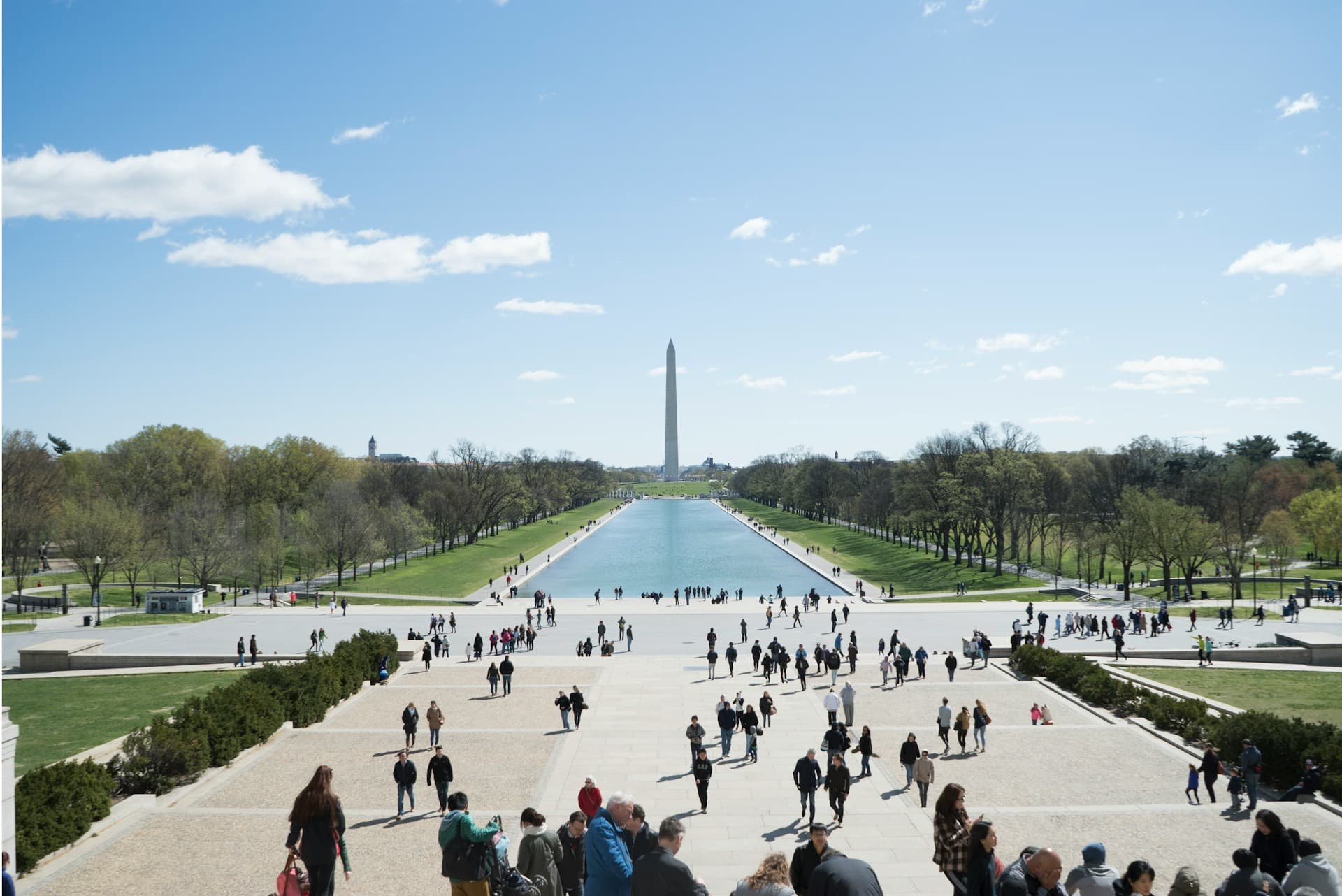Plenty of Misery to Go Around in the Social Security Reform Act

If you are 56 or younger, you should be paying attention to a curious piece of legislation - "Social Security Reform Act of 2016” (H.R. 6489) – introduced last month by Rep. Sam Johnson (Tx-03).
While the legislation had little chance of enactment, it would have reshaped the entire program for people born in 1961 and later. For these people, they would have a program called Social Security, but one that has only marginal connection to the program enacted 82 years ago.
Johnson’s plan depends entirely on reductions to future payouts – massive ones. The bill contains three major changes that explain most of the savings. The system reduces the COLA adjustment. It increases the retirement age by 2 years to 69. And finally the benefit formula is changed.
According to the 2016 Trustees Report, the system would require benefit cuts of 19 percent if we apply cuts to those people born 1954 and later. This legislation largely insulates those born in 1960 and earlier.
As a result, the system-wide cuts will be roughly the same size as the ones we are trying to avoid through insolvency. The only question is: how will the reductions be allocated to individual beneficiaries.
There is a lot of misery in this bill for a lot of people. Higher-wage earners may lose as much as 74 percent of their benefit check. About half of the lowest-wage earners would lose between 25 and 50 percent. And the typical middle class worker may see benefit cuts of more than 30%. For a majority of Americans, they would get less than they would if the program followed its course to insolvency.
These changes are phased in over 15 years, which pushes the meaning of the word “gradually.” In 1983, the legislation spread smaller changes over 47 years. Almost all of the changes are in place within 13 years. As a result, it is possible for someone turning 56 in 2017 to have benefits reduced by 50%.
As large as these cuts are, these changes target the exact same audience of workers who were subject to the harshest benefit cuts in the 1983 reform. For the worker newly eligible in 2030, the retirement age will be 69. For many Americans, the worker will have to work for 4 years in order to maintain the benefit level which he will collect for 4 fewer years.
Curiously, the legislation also eliminates the taxation of benefits. These rules effectively clawback benefits from wealthy seniors, and return some of the money to Social Security. This is a substantial revenue source for Social Security, particularly over the coming decades because today it hits people who are slightly above the poverty line with some of the highest marginal tax rates in the entire tax code.
The legislation claims that it wants to provide additional protection for the most vulnerable Americans. This change saves the least vulnerable beneficiaries far into the future a substantial sum, while leaving the penalties on people in poverty today. If you want Social Security to be a safety-net, this change makes absolutely no sense.
For a majority of Americans, the reductions created by this legislation are larger than the ones that we are trying to avoid in the first place. The legislation does not fix Social Security. It explains to future retires how the brokenness of the system will affect them.
For younger Americans there would be nothing left of Social Security but the name. The new version of Social Security would have some troubling characteristics:
- The changes also lower benefit levels progressively as people age. Data from the SSA suggests that beneficiaries’ dependence upon the system rises with age. So we have legislation that specifically targets benefit reductions to those who need it most.
- The legislation would change a program designed to lower the probability of poverty-ridden old-age into one that fosters it.
- This proposal would authorize politics to replace the mechanics of contribution as the arbiter of benefits.
These changes seem less about addressing the imbalances in the system, and more about getting voters to simply accept the consequences of them.
Photo Credit: Alexey Rotanov / shutterstock.com



